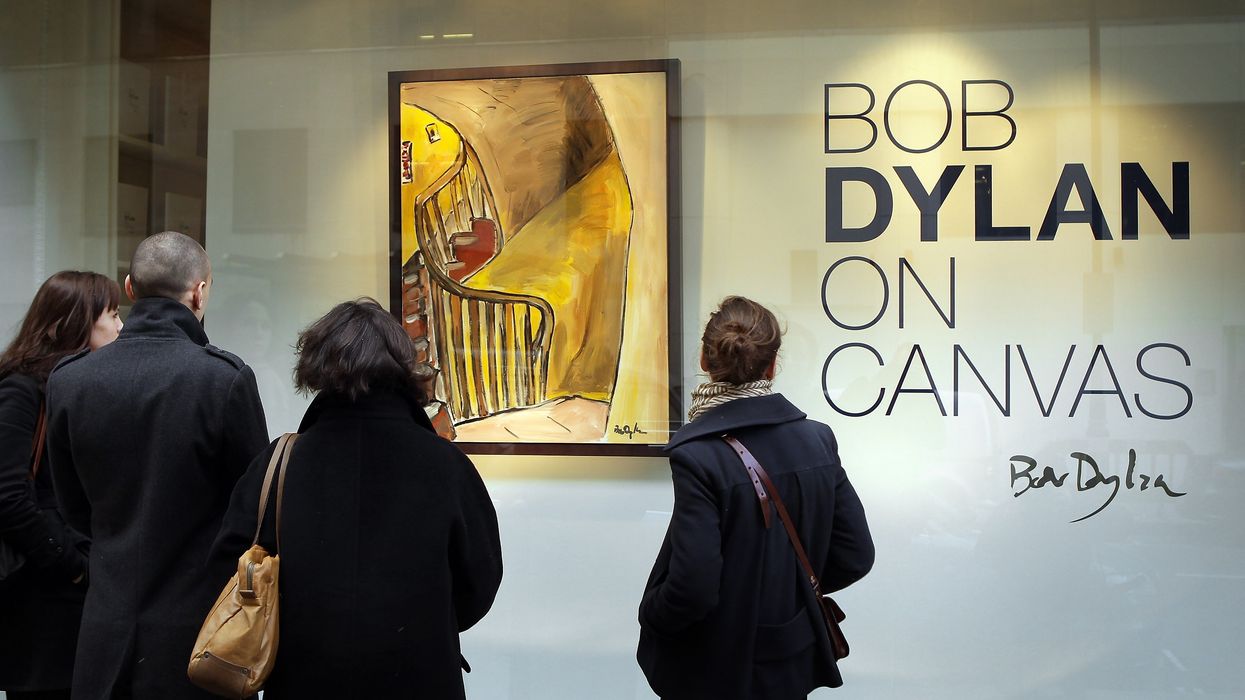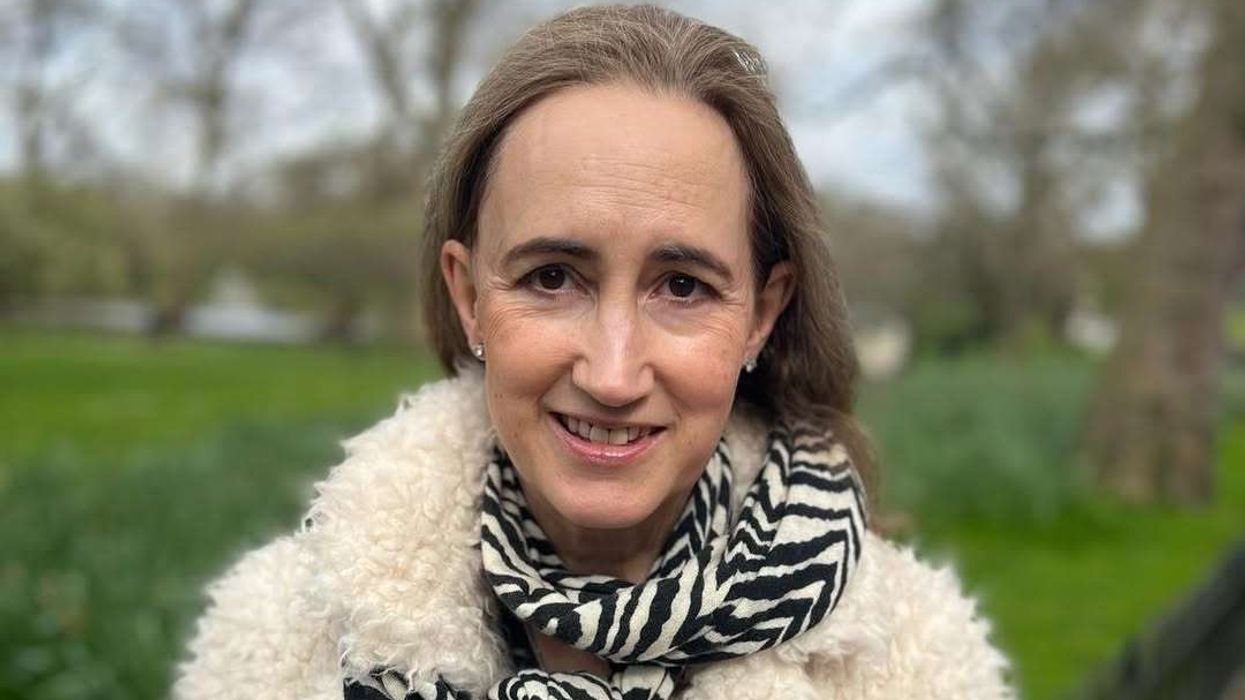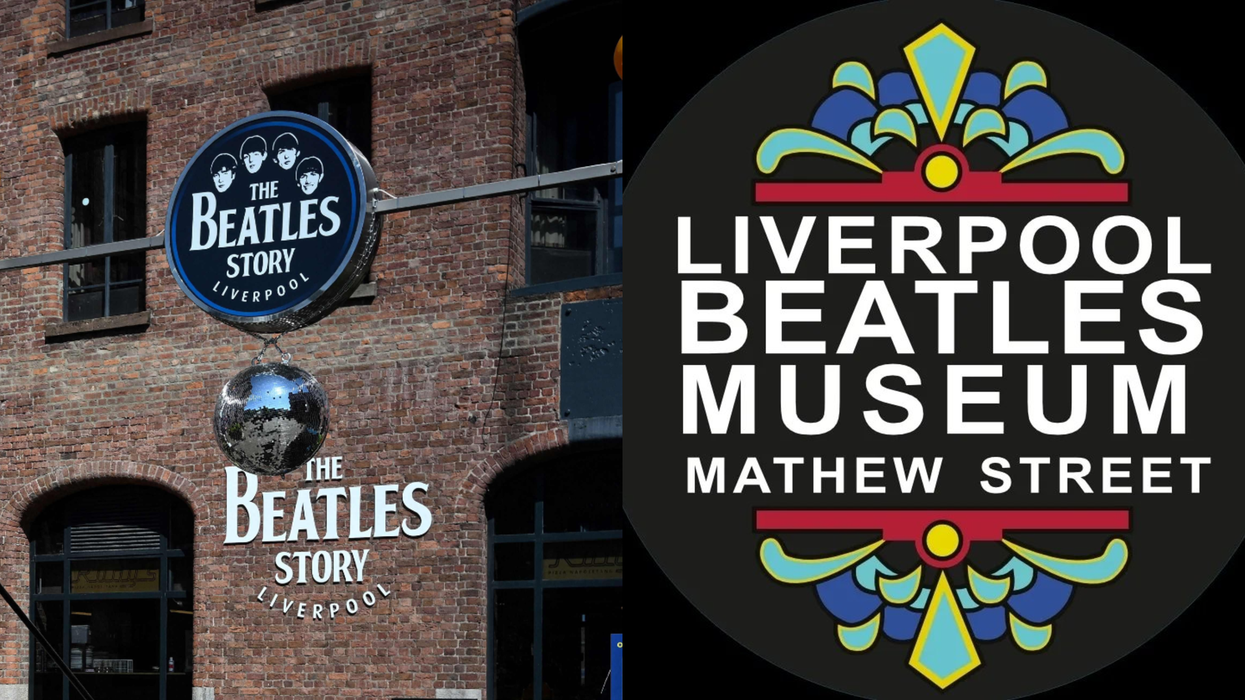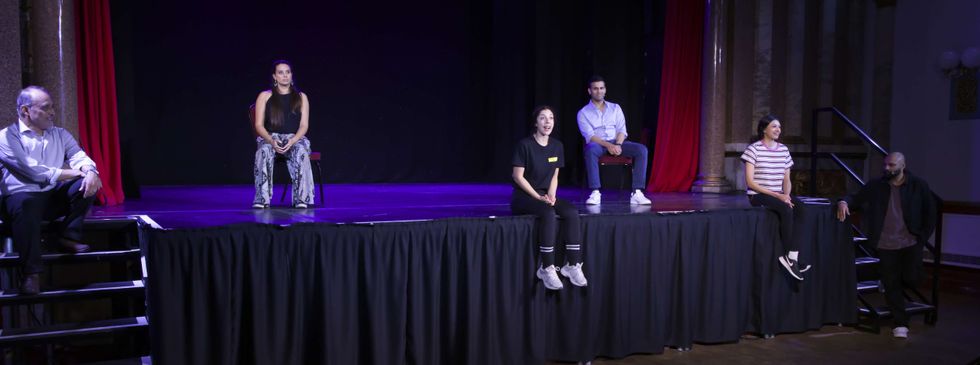Bob Dylan will exhibit a new series of original paintings at the Halcyon Gallery in London from 9 May. The collection, titled Point Blank, features 97 recent works and will be open to the public free of charge.
The exhibition follows renewed interest in Dylan’s life and career following the release of the biopic A Complete Unknown earlier this year. Now aged 83, the musician remains active, both as a touring performer and visual artist.
Point Blank comprises works based on original sketches Dylan created between 2021 and 2022. The subjects include musicians, couples, sportspeople, interior scenes, and locations Dylan has spent time in. The sketches were later transformed using vivid colours, which Dylan describes as “living, breathing entities that have emotional resonance”. He said the colours act as “weapons and mood setters” and serve as “a means of storytelling”.
Commenting on the intention behind the series, Dylan said: “The idea was not only to observe the human condition, but to throw myself into it with great urgency.” Some of the images include a saxophonist, a cowboy standing before a rising sun, and a mirror reflecting a set of lips. A number of the works use blue, red, and neutral monochromatic tones, prompting comparisons to Pablo Picasso’s early Blue Period.
The Point Blank collection also originated as a book and features accompanying prose. According to Kate Brown, creative director at Halcyon, “These works on paper feel like memories, intangible windows into the life and imagination of one of the greatest storytellers who ever lived.” She added that the exhibition is likely to engage viewers' imaginations, encouraging them to consider the lives of the characters portrayed and the spaces depicted.
This is not Dylan’s first collaboration with Halcyon Gallery. In the past, the venue has showcased his Drawn Blank series, which featured graphite sketches made between 1989 and 1992 during tours across Europe, Asia, and the United States. Those works were also later reinterpreted with colour.
Dylan has previously described painting as a way to “relax and refocus a restless mind” during the demands of touring life.
Paul Green, president and founder of Halcyon Gallery, said: “It is nearly 18 years since Halcyon first started working with Bob Dylan and it has been an extraordinary experience to watch this cultural icon develop into such a critically revered and important visual artist so closely.”
He added: “This latest body of paintings feels like a more intimate connection to the artist than in any of his previous work and it is a great privilege to share them with the public for the first time.”
The Point Blank exhibition will be on display at the Halcyon Gallery on New Bond Street, starting from 9 May. Entry is free.







 The play is written by Tarun Jasani and directed by Mukul AhmedMGT
The play is written by Tarun Jasani and directed by Mukul AhmedMGT





